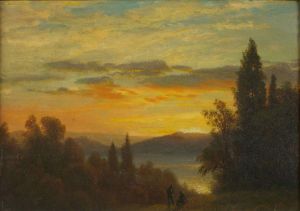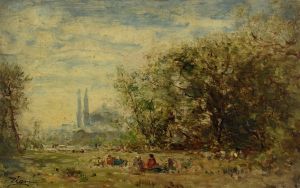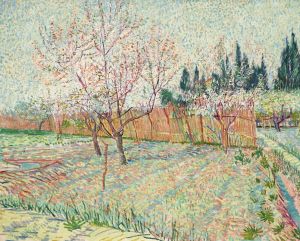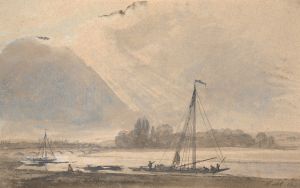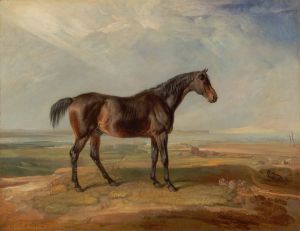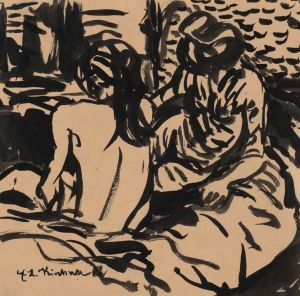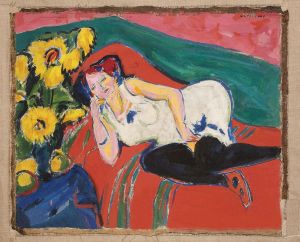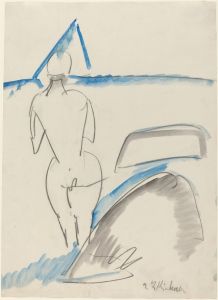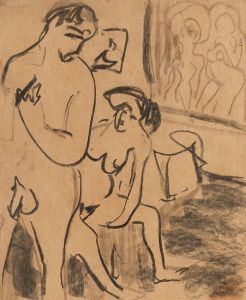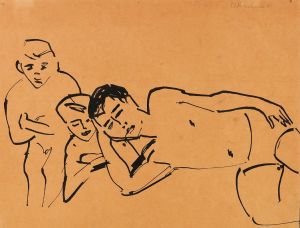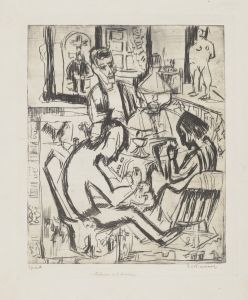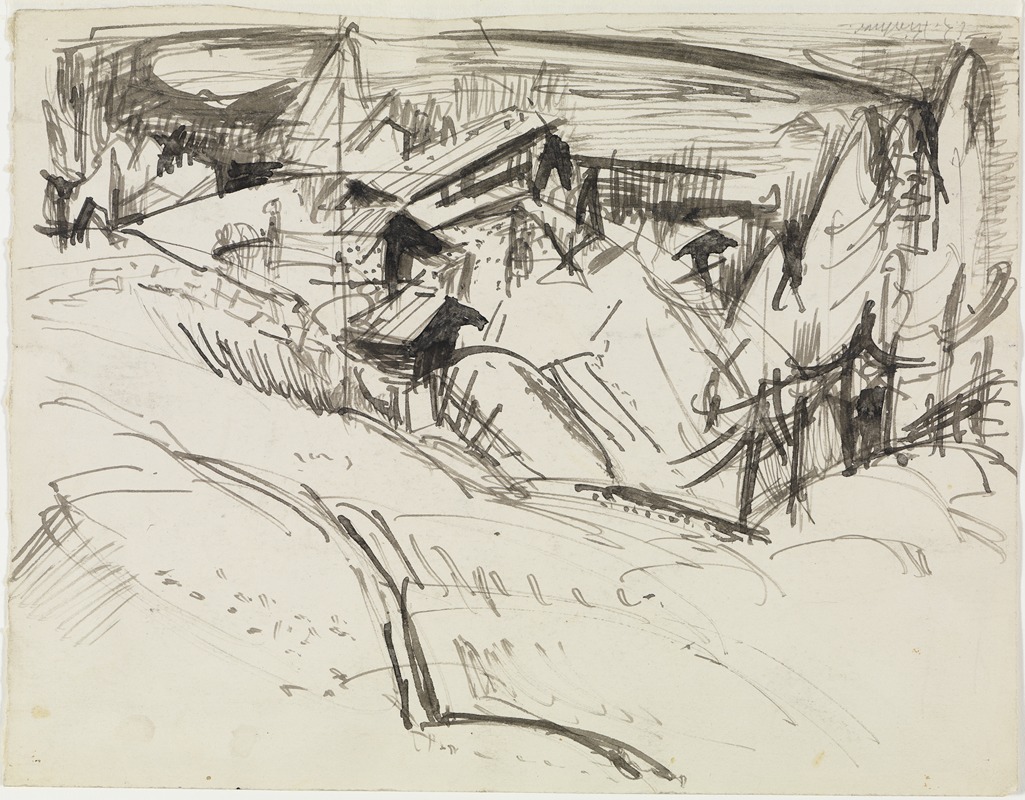
Alp mit Hütten und Tannen
A hand-painted replica of Ernst Ludwig Kirchner’s masterpiece Alp mit Hütten und Tannen, meticulously crafted by professional artists to capture the true essence of the original. Each piece is created with museum-quality canvas and rare mineral pigments, carefully painted by experienced artists with delicate brushstrokes and rich, layered colors to perfectly recreate the texture of the original artwork. Unlike machine-printed reproductions, this hand-painted version brings the painting to life, infused with the artist’s emotions and skill in every stroke. Whether for personal collection or home decoration, it instantly elevates the artistic atmosphere of any space.
Ernst Ludwig Kirchner was a prominent German expressionist painter and one of the founding members of the artist group Die Brücke (The Bridge), which played a pivotal role in the development of modern art in the early 20th century. Kirchner's work is characterized by its bold use of color, dynamic compositions, and emotive subject matter, often reflecting the tensions and anxieties of the modern age.
"Alp mit Hütten und Tannen" (translated as "Alp with Huts and Firs") is one of Kirchner's works that exemplifies his connection to nature and his interest in the landscapes of the Swiss Alps, where he spent a significant portion of his later life. After moving to Switzerland in 1917, Kirchner's style evolved, and his subject matter increasingly focused on the serene and majestic landscapes surrounding him. This painting is a reflection of his fascination with the alpine environment, capturing the essence of the natural world with his distinctive expressionist style.
In "Alp mit Hütten und Tannen," Kirchner employs a vivid color palette, which is a hallmark of his work. The painting features a mountainous landscape with rustic huts and towering fir trees, elements that are common in the alpine regions. Kirchner's use of color is not merely representational but also expressive, conveying the emotional resonance of the landscape. The bold, non-naturalistic colors and dynamic brushstrokes create a sense of movement and vitality, imbuing the scene with an almost dreamlike quality.
Kirchner's time in the Alps was a period of both personal and artistic transformation. The isolation and tranquility of the mountains provided him with a refuge from the turmoil of the outside world, particularly the aftermath of World War I and his own struggles with mental health. The landscapes he painted during this time reflect a deep connection to nature and a desire for harmony and balance, contrasting with the more chaotic urban scenes of his earlier work.
The painting also reflects Kirchner's interest in the interplay between human habitation and the natural environment. The huts in the painting are depicted as an integral part of the landscape, suggesting a harmonious coexistence between people and nature. This theme is recurrent in Kirchner's alpine paintings, where he often explores the relationship between the built environment and the surrounding wilderness.
"Alp mit Hütten und Tannen" is a testament to Kirchner's mastery of the expressionist style and his ability to convey complex emotions through his art. The painting captures the beauty and majesty of the Swiss Alps while also reflecting the artist's personal journey and his search for solace in nature. Kirchner's work continues to be celebrated for its innovative approach and its profound impact on the development of modern art.
Today, Kirchner's paintings, including "Alp mit Hütten und Tannen," are held in high regard and can be found in major art museums and collections around the world. His contribution to the expressionist movement and his influence on subsequent generations of artists remain significant, making him a central figure in the history of 20th-century art.






